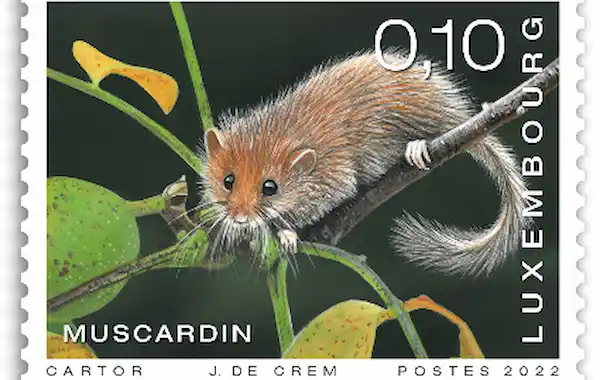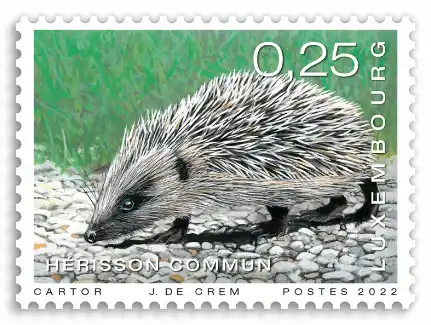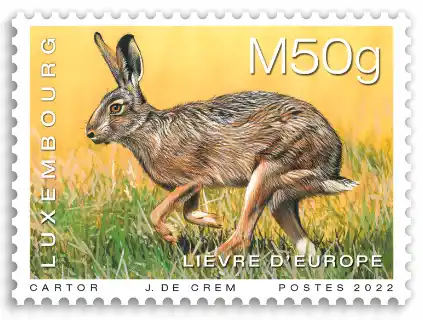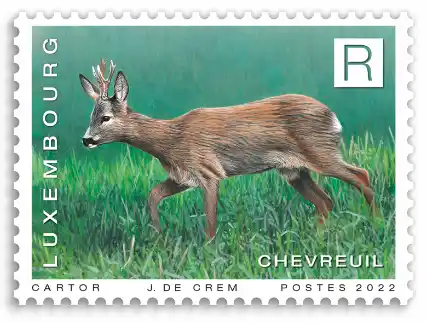10 May 2022
|
There are more than 6,350 species of mammal in the world, of which a good 70 can be found in Luxembourg (most are native; a few are now considered extinct).
In collaboration with Administration de la nature et des forêts in Luxembourg, for this second issue of the special series, representatives of four different taxonomic orders were deliberately chosen to show the diversity in the country. For this diversity to be maintained over the long-term, it is essential that natural habitats be protected and that people respect nature in general.
Common dormouse / Muscardinus avellanarius (of the order Rodentia)
The hazel dormouse weighs only 20 to 30 grams. It lives almost exclusively in bushes and trees and eats mainly berries, seeds, hazelnuts and tree fruit. In the summer, they build a nest the size of a tennis ball and the female bears 4 to 6 young per litter.
The hazel dormouse hibernates from October to April in a safe, frost-protected hole in a tree or burrow. Even though the animals are impacted by the intensification of farming, the hazel dormouse is currently still relatively widespread in Luxembourg.
Western hedgehog / Erinaceus europaeus (of the order Eulipotyphla)
The hedgehog’s coat of spines consisting of around 5,000 modified hairs is mainly for protection against predators.
In addition to the badger and the eagle owl, humans – with their cars and their interference in nature (Luxembourg being the most fragmented country in Europe) – are the hedgehog’s main threats.
That said, the crepuscular and nocturnal hedgehog is widespread across Luxembourg. The solitary animal eats mainly insects and worms that it finds in hedges, orchards, the fringes of deciduous forests, semi-natural gardens and parks, as well as extensive meadows. The hedgehog hibernates from October to April.
Brown hare / Lepus europaeus (of the order Lagomorpha)
European hares are herbivorous and live mainly in open or semi-open landscapes. Largely nocturnal, their senses of hearing, smell and sight are very well developed. Hares can bear up to three litters a year, each consisting of two or three young.
The population of European hares, which are normally solitary, has declined sharply in the last 50 years, primarily due to intensive farming and significant losses due to heavy traffic.
Roe deer / Capreolus capreolus (of the order Artiodactyla)
This smallest species of native deer is also herbivorous. Active at dusk and night, deer prefer semi-open landscapes at the edges of forests with plenty of hedges and bushes that provide cover and where they can retreat into the dense undergrowth by day. Male deer grow antlers during the mating season and cast them in autumn.
Except in winter, when they can form small groups, deer are solitary animals. The population is unnaturally high in Luxembourg these days because there are no longer any natural predators, such as the lynx and wolf.
- Drawings: Johan de Crem (F)
- Layout: Ierace Dechmann + Partners (L)
- Printing: Multicoloured offset-Lithographie, 800 and 1200 frame prointing and random printing, Cartor Security Printing (F)
- Dimensions: 45 x 33 mm
- 10 stamps per sheet










